SOURCE: AFI
India on Tuesday finalized a major defense acquisition with the United States, signing a deal to procure 31 Predator MQ-9B drones from American defense giant General Atomics under the Foreign Military Sales (FMS) route. The deal, valued at nearly USD 4 billion, aims to bolster India’s military capabilities, particularly along its contested borders with China. The MQ-9B drones, known for their long endurance and precision strike capabilities, are expected to provide critical surveillance and strike options to the Indian military.
However, the announcement sparked debate among Indian defense analysts and industry observers. Many questioned why India opted for these high-cost American drones when it has been working on its indigenous UAV programs like the Archer-NG Medium Altitude Long Endurance (MALE) drone and the High Altitude Long Endurance (HALE) UAV. Concerns were raised over the suspension of the Archer-NG program, which was being developed at a much lower cost, compared to the hefty price tag of approximately $100 million per unit for the MQ-9B drones.
Continue readingSOURCE: AFI

According to reports from African media outlets, the Democratic Republic of Congo’s air force (FAC) is making a determined effort to modernize its fleet of military aircraft, and India has emerged as a key partner in this process. In a significant development in August, a high-profile delegation from the FAC visited New Delhi to discuss the potential acquisition of the Tejas Mk1 multi-role aircraft from India. This visit is seen as a pivotal step in DR Congo’s initiative to replace its ageing fleet, particularly the Soviet-era Sukhoi Su-25 Frogfoot aircraft, with more modern and versatile platforms.
The FAC, like many air forces in Africa, operates a fleet of older Soviet-origin aircraft that have become increasingly difficult to maintain and upgrade due to a lack of spare parts and modern avionics. The Su-25 Frogfoot, a rugged ground-attack aircraft used in combat by the DR Congo, has been in service for decades but is showing signs of wear and obsolescence. To bolster its air force and improve operational readiness, the Congolese government is actively seeking a suitable replacement.
Continue readingSOURCE: AFI

Hindustan Aeronautics Limited’s (HAL) Light Combat Helicopter (LCH) Prachand has undergone several modifications in its exhaust placement over the years, reflecting the aircraft’s evolving design to meet operational requirements and enhance performance.
As India’s first indigenous attack helicopter, the LCH is designed for high-altitude warfare, with a focus on providing support in mountainous terrains like the Himalayas. One of the significant design changes has been in the positioning of the helicopter’s exhaust system, crucial for managing heat signatures and improving survivability in combat.
Continue readingSOURCE: AFI
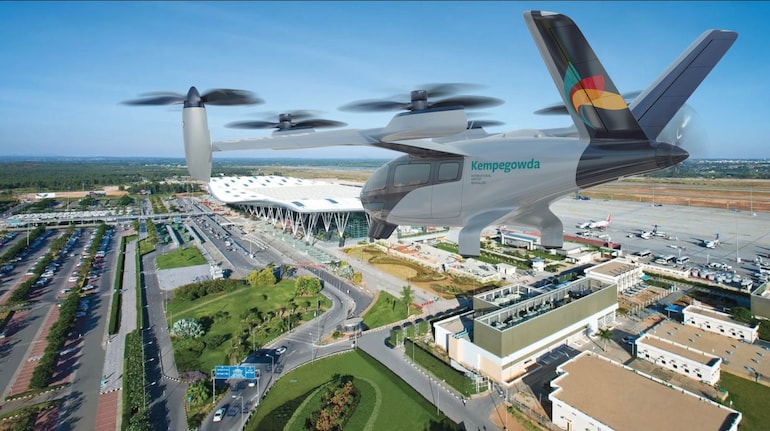
Kempegowda International Airport Bengaluru (BLR Airport) and Sarla Aviation have joined forces to explore innovative and sustainable air mobility solutions. This partnership marks a significant step towards the development of Advanced Air Mobility (AAM) solutions in Karnataka.
The collaboration aims to pioneer new operational models for 7-seater eVTOL aircraft, revolutionizing the reach and accessibility of air travel. By combining BLR Airport’s expertise in aviation infrastructure and Sarla Aviation’s focus on urban mobility, the partnership seeks to create a cleaner and faster future where advanced mobility is a reality.
Continue readingSOURCE: IDRW.ORG

During National Security Adviser Ajit Doval’s recent visit to Paris, crucial discussions took place between Doval and top French officials regarding strategic defense cooperation. Among the key topics was France’s offer to assist India in the development of two nuclear-powered attack submarines (SSNs) for the Indian Navy. This cooperation could mark a significant leap forward in India’s naval capabilities, as France has proposed sharing Pump jet propulsion technology and other non-nuclear technologies from its Barracuda-class SSN submarine program.
Sources familiar with the talks revealed that France’s offer goes beyond just technical assistance. Paris has expressed its willingness to cooperate on a range of submarine technologies, including the Pump jet propulsion system—a technology that enhances the stealth and efficiency of nuclear submarines. While it remains unclear if France has formally offered the complete design of its Barracuda-class submarines, all non-nuclear technologies integrated into these advanced vessels are reportedly on the table.
Continue readingSOURCE: IDRW.ORG
)
The restoration of the Indian Navy’s warship INS Brahmaputra, which was severely damaged by a fire at the Mumbai Naval Dockyard, is set to be a lengthy and technically challenging process. According to officials familiar with the situation, the recovery could take over a year, as specialized machinery and technical expertise will be required to make the ship seaworthy again. The damage, exacerbated by water accumulation during firefighting efforts, has made the vessel difficult to upright, prolonging the recovery timeline.
On July 21, a fire broke out aboard INS Brahmaputra while the ship was undergoing a refit at the Mumbai Naval Dockyard. The fire caused significant damage to the 24-year-old guided-missile frigate and tragically claimed the life of one sailor. Though the fire was eventually brought under control, the vessel remains tilted toward the shore due to the weight of the water that was pumped in to extinguish the blaze. This excessive water ingress has added to the complexities of the salvage operation, making the ship extremely heavy and difficult to stabilize.
Continue readingSOURCE: AFI
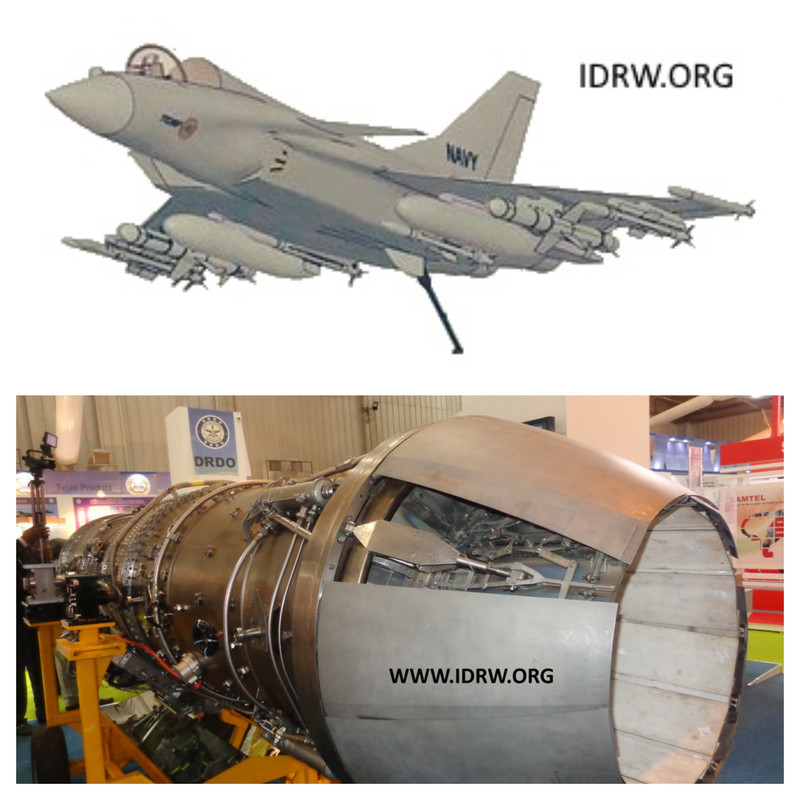
India’s Kaveri engine program, which has long been the backbone of the country’s indigenous fighter jet propulsion ambitions, has yet to reach the level of operational readiness required for deployment in frontline fighter aircraft. However, recent discussions have emerged about the Twin Engine Deck-Based Fighter (TEDBF) being an ideal platform to test and develop the Kaveri engine, given its unique technical specifications and strategic importance for India’s naval aviation future.
The TEDBF, a multi-role carrier-based fighter aircraft being developed by Hindustan Aeronautics Limited (HAL) and the Aeronautical Development Agency (ADA), is set to replace the Indian Navy’s aging fleet of MiG-29K fighters. It offers a twin-engine configuration, which presents an ideal opportunity to integrate and test the indigenous Kaveri engine alongside a more proven powerplant like the General Electric F414 engine. This combination can provide the Indian aerospace industry a reliable and secure flying testbed for further refining the Kaveri engine, leading it toward eventual operational deployment.
Continue readingSOURCE: AFI

India’s geopolitical position is increasingly being tested as diplomatic tensions with the West rise, particularly with the United States and Canada. Both nations have been criticized by New Delhi for allegedly allowing Khalistani extremists to operate freely from their soil, ignoring India’s repeated concerns. The recent escalation in hostility has led to discussions on whether India should approve arms sales to Russia as a strategic response, a nation that remains a key defense partner.
India has been the largest producer of Russian weaponry outside of Russia for decades, with Indian defense facilities producing major Russian-designed systems like the T-90 tanks and Su-30MKI fighter jets under license. However, India has historically avoided selling domestically produced arms directly to Russia, maintaining a balanced foreign policy aimed at preserving strategic autonomy. This policy has been challenged by the unfolding international dynamics, particularly the diplomatic spat with Canada and growing unease with the United States.
Continue readingSOURCE: AFI
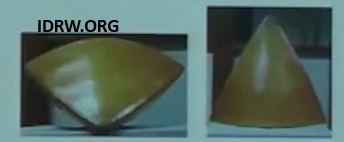
The Council of Scientific and Industrial Research-National Aerospace Laboratories (CSIR-NAL) has successfully completed the development of the advanced Frequency Selective Surface (FSS) radome, a critical component for India’s fifth-generation Advanced Medium Combat Aircraft (AMCA) program. This cutting-edge radome technology plays a pivotal role in enhancing the stealth capabilities of the AMCA, ensuring it can operate effectively in complex combat scenarios.
The FSS-radome is designed to exhibit exceptional transmission characteristics in the X-band frequency range while providing sharp roll-off characteristics outside the X-band, covering a frequency spectrum from 2 to 18 GHz. These features are crucial for maintaining the aircraft’s low radar cross-section (RCS), thereby enhancing its survivability against enemy radar systems.
Continue readingSOURCE: AFI

In a significant development for India’s defense industry, the country has successfully exported a range of small arms to the Moroccan Armed Forces. The consignment, manufactured by the Ordnance Factory Varangaon, includes rifles chambered in 5.56x45mm, 7.62x39mm, and 12.7x108mm calibers.
This export marks a crucial milestone for India’s efforts to expand its defense exports and position itself as a reliable supplier of military equipment on the global stage. The Moroccan Armed Forces’ decision to procure Indian-made small arms underscores the growing recognition of the quality and reliability of India’s defense products.
Continue readingSOURCE: AFI
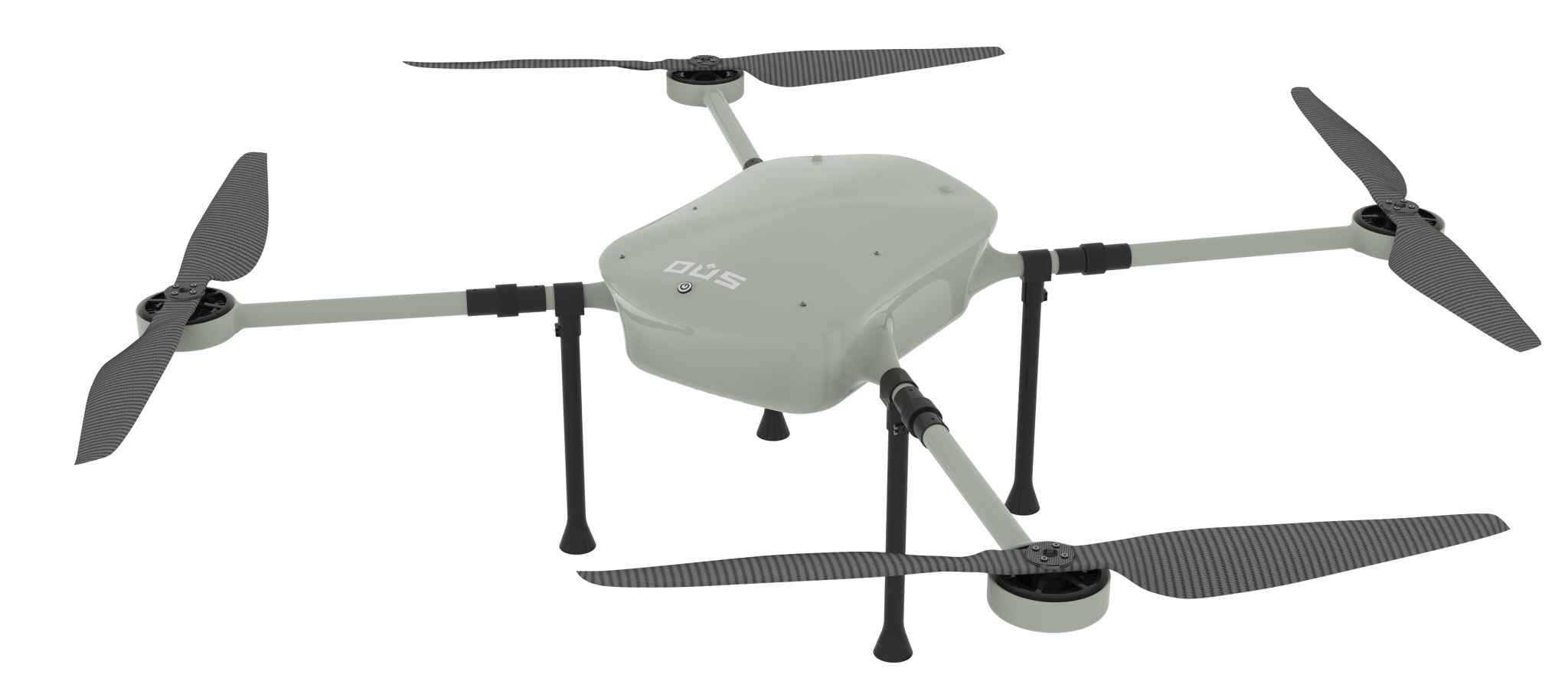
Optiemus Unmanned Systems (OUS), a subsidiary of Optiemus Infracom, has achieved remarkable success at the Him Drone-A-Thon 2024, held in Leh-Ladakh from September 16th to 24th. The event, organized by the Indian Army, showcased the nation’s most advanced unmanned systems and their capabilities.
OUS’s Vajra 100 quadcopter drones proved to be standout performers, demonstrating their versatility and effectiveness in various mission scenarios. The drones showcased their potential as loitering munitions, capable of delivering payloads with precision, as well as their exceptional long-range surveillance capabilities.
Continue readingSOURCE: RAUNAK KUNDE / NEWS BEAT / IDRW.ORG

Hindustan Aeronautics Limited (HAL) is set to initiate flight testing of outer dual rack pylons for the Tejas Mk1A fighter jets in 2025, a development aimed at significantly boosting the platform’s close combat capabilities. The new pylons will allow the Tejas Mk1A to carry two Close Combat Air-to-Air Missiles (CCMs), such as the Advanced Short Range Air-to-Air Missile (ASRAAM) or Python-5, on a single pylon, effectively doubling its short-range firepower.
The decision to integrate dual rack pylons followed the successful completion of wind tunnel testing of a scale model of the Tejas Mk1A, equipped with the dual rack configuration. These tests were carried out to gather critical data on aerodynamics and the missile separation process. Additionally, HAL conducted extensive computer simulations to study the effects of dual missile launches on the aircraft’s performance, particularly focusing on the potential for gas ingestion into the engine air intake.
Continue readingSOURCE: RAUNAK KUNDE / NEWS BEAT / IDRW.ORG
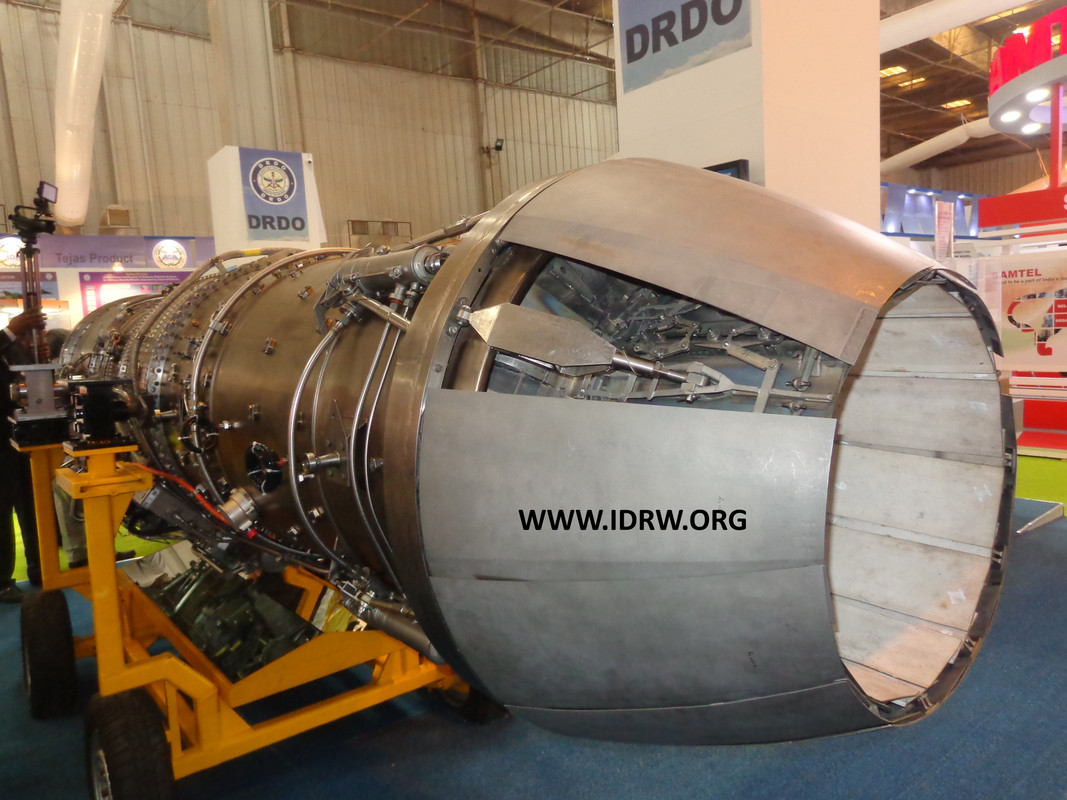
In a recent address at the Khatre Memorial Talks, Samir V. Kamat, Secretary of the Department of Defence Research and Development (DDR&D) and Chairman of the Defence Research and Development Organisation (DRDO), candidly acknowledged a key misstep in India’s fighter jet development strategy.
Kamat stated, “The mistake we made was to develop an engine (Kaveri) and platform (LCA) together.” This misjudgment significantly hampered the progress of the Kaveri engine and the Tejas Light Combat Aircraft (LCA), delaying both projects and preventing the Kaveri from becoming the indigenous power plant for Tejas. That’s never done. You design a platform around the available engine and engine development is a continuous process; that was a rookie mistake.
Continue readingSOURCE: RAUNAK KUNDE / NEWS BEAT / IDRW.ORG
.png)
Adani Defence, a key player in India’s defence manufacturing sector, is set to commence the production of high-calibre rounds for artillery guns from its facility in Kanpur starting in April 2025. This significant development comes as part of Adani Defence and Aerospace’s broader plans within the Uttar Pradesh Defence Industrial Corridor.
The Kanpur facility has already made significant strides in ammunition production, having commenced the manufacturing of small-calibre ammunition from its units. The upcoming production of high-calibre rounds for artillery guns marks the next phase of expansion for Adani Defence in the defence sector.
Continue readingSOURCE: AFI

Recent reports suggest that Nigeria is set to become the first export customer for the Hindustan Aeronautics Limited (HAL) built Prachand Light Combat Helicopter (LCH). According to the Financial Express, discussions between HAL and Nigerian officials are nearing completion, with an agreement expected to be signed soon. This would mark a significant milestone for India’s defense exports and HAL’s ambitions to establish a foothold in the global defense market.
The Prachand LCH is priced competitively, with HAL quoting $17 million per unit, positioning it as one of the least expensive light combat helicopters in its class. This cost-effectiveness has drawn attention, especially when compared to other light combat helicopters in the global market. For instance, the Eurocopter Tiger, developed by Airbus Helicopters (formerly Eurocopter) in the 1980s, is often cited as the most expensive helicopter in the light combat class, with a price tag of $73 million. Similarly, the Turkish TAI/AgustaWestland T129 ATAK, developed by Turkish Aerospace Industries (TAI) based on the Agusta A129 Mangusta platform, costs approximately $45 million per unit. Even the A129 Mangusta, which saw limited production before closing in the early 2000s, had a unit cost exceeding $30 million.
Continue reading